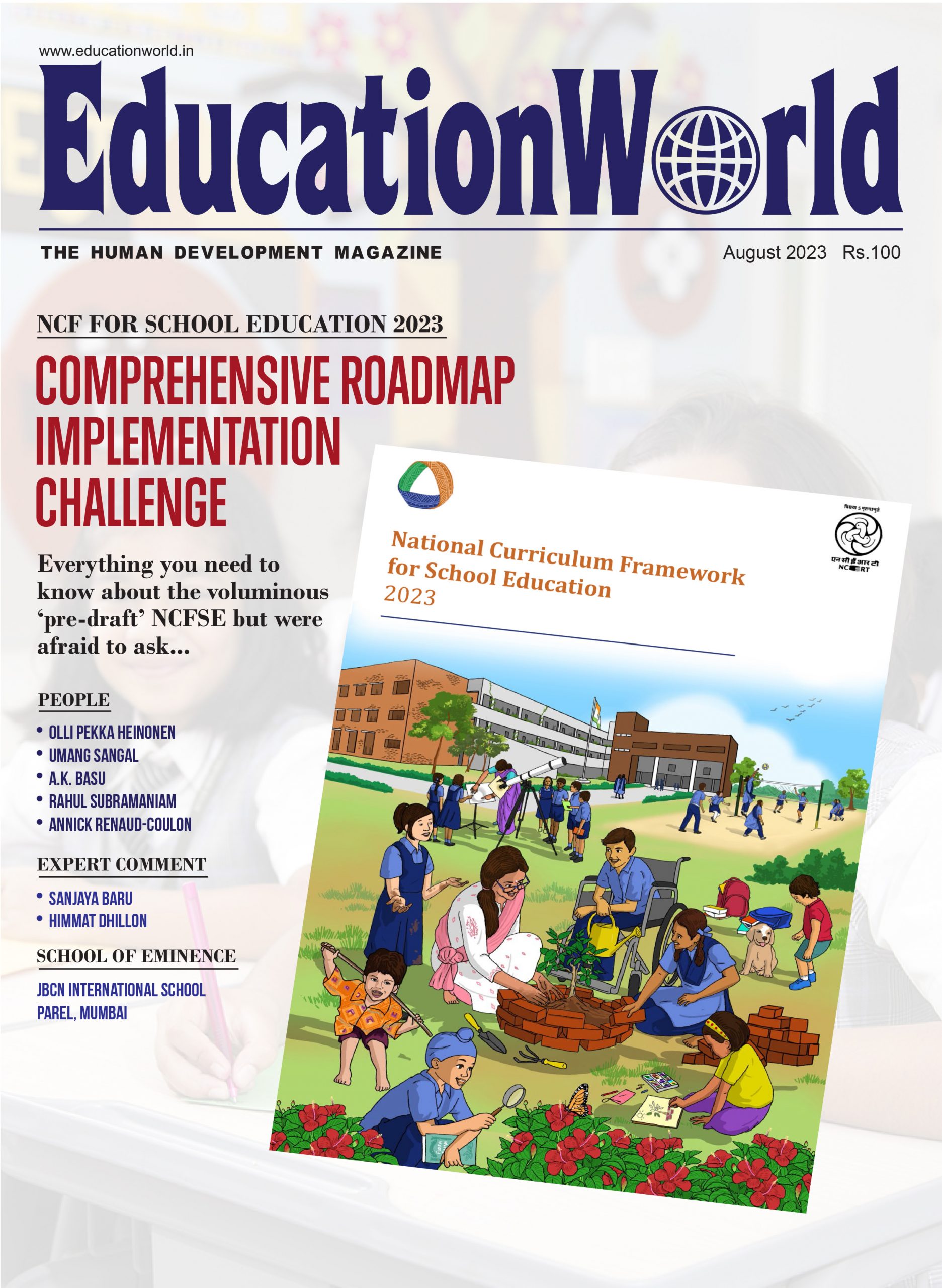In a season of climate change induced by excessive rains and floods whose death and destruction fury has been exacerbated by man-made disasters, news from the UNDP and Oxford Poverty and Human Development Initiative study saying that 415 million citizens of this benighted republic have escaped multi-dimensional poverty in the years between 2006-2019, has not received sufficient attention from economists and media pundits. Its multi-volume report presents a multi-dimensional poverty index (MDPI) covering 110 countries.
According to the India MDPI report (prepared with the assistance of government think tank NITI Aayog), a substantial proportion of the population of every state and Union territory is deprived of nutrition, child and adolescent and maternal health services, six years of schooling, school attendance, cooking fuel, sanitation, drinking water, electricity, housing, modern assets (fridge, television) and bank accounts.
Although some 50 million citizens are estimated to have slipped down the income scale into extreme poverty during the Covid-19 pandemic (2020-21), this unprecedented great leap forward of Chinese scale and proportions, merits some explanation. Firstly, it is quite patently the outcome of the landmark liberalisation and deregulation of the Indian economy in 1991 when the rigid industrial licensing system and monopolies legislation which had cabined, cribbed and confined private industry for four decades, was substantially abolished.
The huge number of citizens lifted out of multi-dimensional poverty during the past three decades is the direct consequence of freeing the shackled spirit of entrepreneurship and introduction of free market reforms of 1991. Since then, annual rates of GDP grew to 8-9 percent in the early years of the new millennium and have continued to average 5-6 percent despite the disruption of the pandemic years.
However, it’s notable that during the past decade, even in the pre-pandemic years, India’s GDP growth rates have not matched those of neighbouring People’s Republic of China (PRC), which averaged 10 percent per year for 20 years after party secretary Deng Xiaoping firmly placed PRC on the capitalist road. On the other hand, even under the professedly free markets ideology of the BJP which has been in power at the Centre for almost a decade, liberalisation of the economy has not been carried to its logical conclusion.
This is perhaps because despite the success of the tiger economies of China and South-east Asia, a consensus has not evolved in favour of free market reforms in the academy and political class. Academics and media pundits still discern merit in licence-permit-quota raj, which devastated the Indian economy for over four decades.
Quite clearly a national consensus in favour of liberalisation and deregulation being carried to its natural conclusion is necessary if the country’s remaining half billion citizens are to be lifted out of poverty and misery.

























